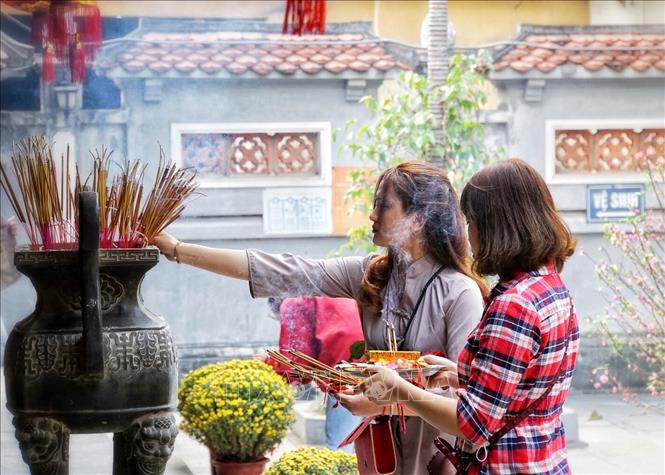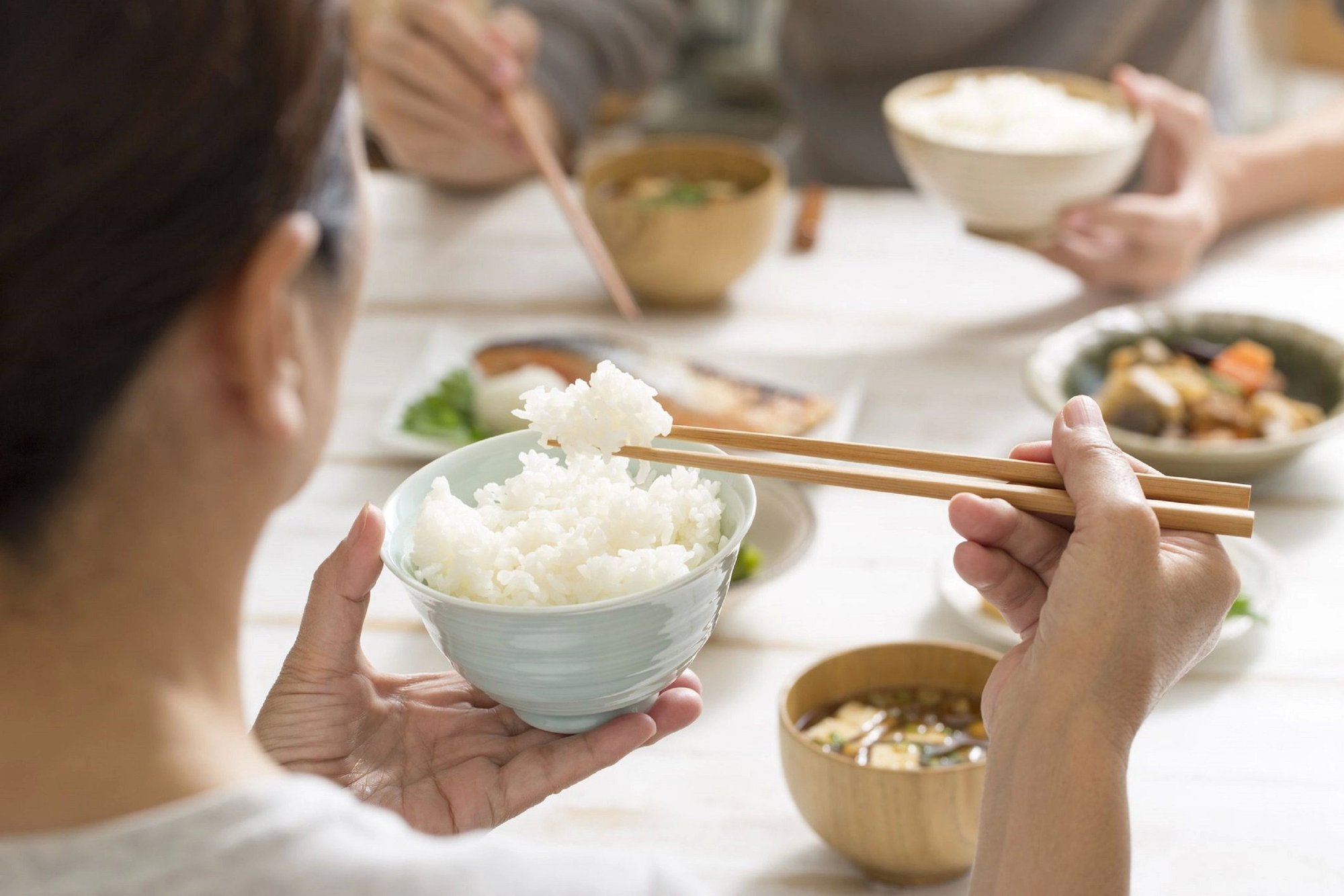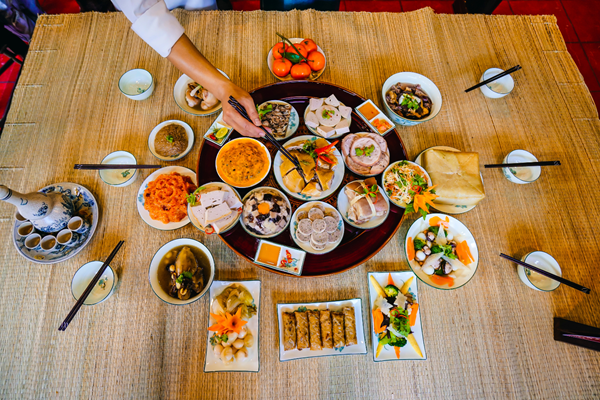Traveling in Vietnam offers a rich tapestry of cultural experiences, from vibrant festivals to ancient traditions and delicious cuisine. However, to fully enjoy your trip and show respect for Vietnamese customs and etiquette, it’s important to familiarize yourself with the local culture. In this guide, Up Travel Vietnam provide valuable tips and insights to help you navigate Vietnam’s cultural landscape with confidence and sensitivity, ensuring a rewarding and memorable travel experience.
1. Dress Respectfully:
Vietnamese culture places importance on modesty and modest attire, especially when visiting religious sites or interacting with locals in rural areas. Avoid wearing revealing clothing or attire that may be considered disrespectful, such as shorts, tank tops, or beachwear. Instead, opt for conservative clothing that covers your shoulders, knees, and cleavage, particularly when visiting temples, pagodas, or traditional villages.


2. Greet with Respect:
Greetings are an essential aspect of Vietnamese culture and are typically accompanied by a slight bow or nod of the head. When meeting someone for the first time or entering a room, it’s polite to greet others with a friendly “xin chào” (hello) or “xin chào buổi sáng/buổi chiều” (good morning/afternoon). Address elders and authority figures with respect using appropriate titles such as “ông” (for men) or “bà” (for women), followed by their last name
3. Practice Dining Etiquette:
Vietnamese cuisine is renowned for its delicious flavors and communal dining traditions. When dining with locals or in a traditional setting, follow proper etiquette by waiting for the host to initiate the meal and offering to share dishes with others at the table. Use chopsticks to pick up food, and refrain from sticking chopsticks upright in a bowl of rice, as this is considered disrespectful. Remember to remove your shoes before entering someone’s home or a sacred space, and sit cross-legged or with your feet tucked beneath you to show respect.


4. Learn Basic Vietnamese Phrases: While many Vietnamese people in urban areas may speak some English, learning a few basic Vietnamese phrases can go a long way in fostering meaningful connections and demonstrating cultural respect. Practice common greetings such as “xin chào” (hello), “cảm ơn” (thank you), and “xin lỗi” (excuse me), as well as essential phrases for ordering food, asking for directions, and negotiating prices. Locals will appreciate your efforts to communicate in their language and may respond more warmly as a result.


By embracing cultural etiquette and respecting local customs, travelers can enhance their experience in Vietnam and forge genuine connections with the people and traditions of this beautiful country. Whether you’re exploring ancient temples, sampling street food, or engaging with local communities, approach each encounter with curiosity, openness, and respect. By doing so, you’ll not only enrich your own travel experience but also contribute to positive cultural exchange and mutual understanding between cultures.


Customer
My brother recommended I might like this web site He was totally right This post actually made my day You cannt imagine just how much time I had spent for this information Thanks